Bluetooth Headset Battles - Motorola vs Sony Ericsson

Bluetooth is a computing and telecommunications industry specification, which was designed for data exchange between small wireless devices. The idea behind Bluetooth is to eliminate proprietary connectivity methods as well as cables altogether. Imagine for example that you wanted to transfer MP3s from your computer to your portable MP3 player. You would need a cable made by your manufacturer since each manufacturer and model has a different cable requirement. What if your computer and your MP3 player were Bluetooth enabled? You would need no cables at all. Bluetooth requires that a low-cost transceiver chip be included in each device. The transceiver transmits and receives at the previously unused band of 2.45 GHz, which is available globally, with some variation of bandwidth in different countries. The standard provides built in encryption for data and voice privacy.
As the Bluetooth standard becomes widely accepted by the entire electronics industry, more phone manufacturers are building their headsets with Bluetooth capabilities. Bluetooth phones are now appearing in the US and those headsets demonstrate the promise of the evolving wireless technology.
The silver headset attaches comfortably over the ear - it weights only 1 ounce and has a 1.5 inch microphone extension (or boom). We think the size is appropriate as it sits firmly on your ear and doesn't shake when you move around. The built-in battery is advertised to last for 2.5 hours but we have not confirmed this. There are two types of stand-by - with the boom opened (10 hours) and with the boom closed (2 weeks). There are two small knobs for call functions and volume control. When there is an incoming call, you will hear a ring in your headset. You can answer the call by pressing the function knob. The volume knob is placed comfortably, but we didn't notice great difference between the lowest and highest volume settings, apart from the louder static when at full volume. This static increases proportionally with the distance between you and the phone. The seals on the headset could use some improvement; despite the fact the other party could hear us very well, we had troubles hearing them during the lunch hours in a busy downtown street. The volume level was just fine in other, less busy streets. We found that voice dialing with the Motorola headset needs improvement - you need careful articulation and timing when speaking a phone book entry into the headset in order to make a call. A useful function is headset redial, where you can dial a number from your phone's keypad and redial it by pressing the headset's function button, provided that voice dialing is turned off.
We fell in love with both headsets. Each has its advantages and shortcomings. We preferred Motorola's shape because of its shorter boom, which made the headset more stable. Ericsson's battery life is much longer, doubling that of its Motorola counterpart. We feel that due to their similar functionality and performance, both headsets will be suitable for prolonged use by most users.
The Sony Ericsson headset is a little heavier, weighing in at 1.2 ounces. It has a prolonged shape with a 3.5-inch boom. A nice touch is the inclusion of two different sizes earpieces, for use on your left or right ear. Sony Ericsson have also thrown in a carrying case with a belt clip. Unlike Motorola's headset, this one only has one button, which serves double functionality for both volume adjustment and call functions. AC adapter is not included but the headset is equipped with a charging cradle which works with standard Ericsson adapters. Those are separately available for less than $20. The built-in battery is advertised to last for 5 hours while talking and 110 hours in standby mode. Even though the headset fits nicely around your ear, we found that it jiggles when you move abruptly. This is due to the long boom. When you dial a number from the phone, it is automatically transferred to the headset. You can also transfer an ongoing call to the headset by pressing the function button. Volume control seems to work best when you are at about 10 feet from the phone. Static does increase towards the end of the headset's range. Voice activated dialing worked very well, after carefully syncing the timing of our voice with the headset's beeps. The sound quality and volume were comparable to those of Motorola's headset.


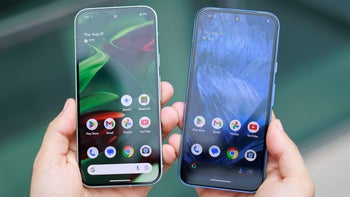
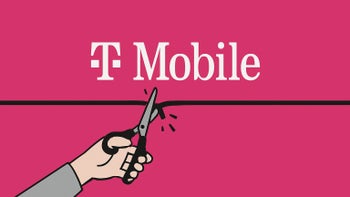


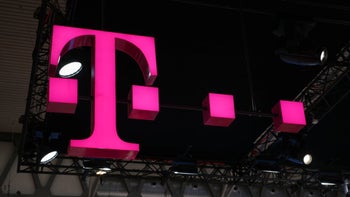


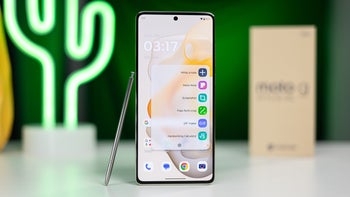
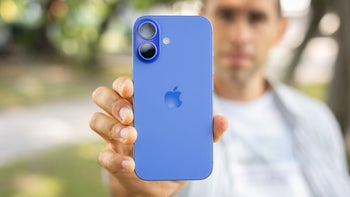
Things that are NOT allowed: